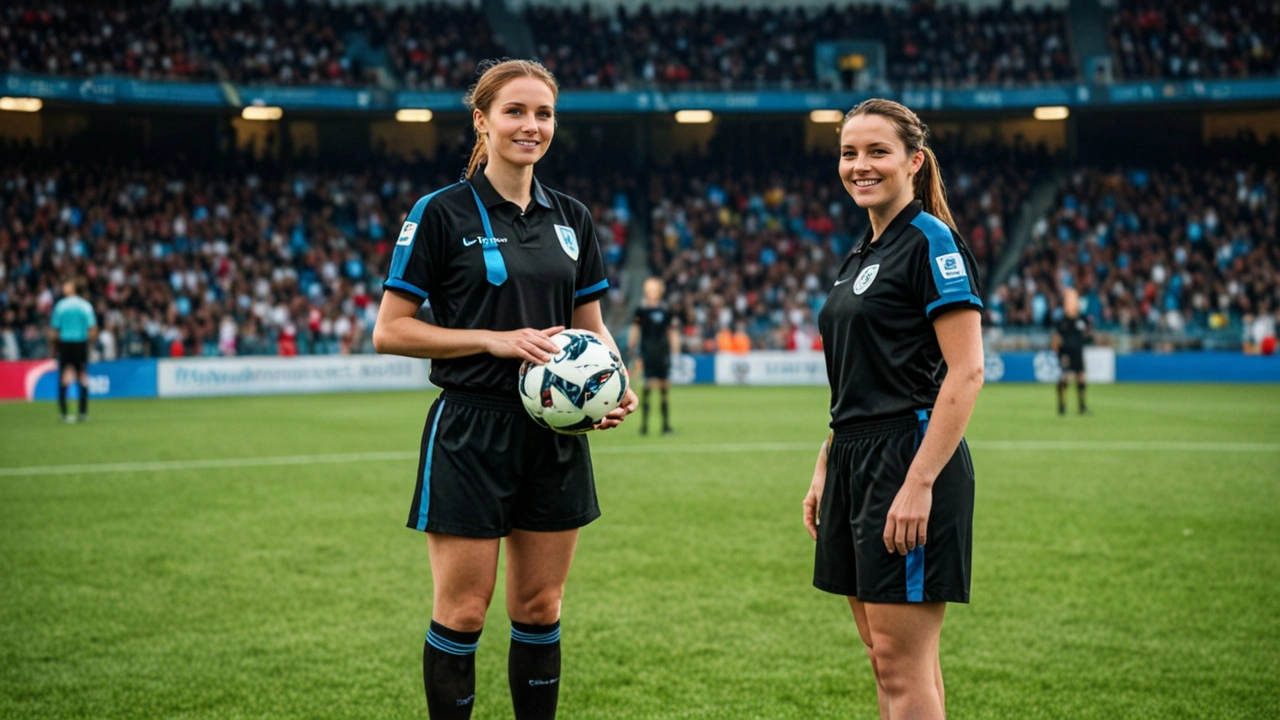Artistic Background: Raphael Claus

Raphael Claus’s artistic style is a fusion of traditional and modern influences. His early training in classical painting techniques laid the foundation for his meticulous attention to detail and mastery of perspective. However, he also embraced contemporary trends, incorporating elements of abstract expressionism and surrealism into his work.
Throughout his career, Claus has experimented with various mediums and techniques, including oil painting, acrylics, and mixed media. He has also explored different themes, from landscapes and portraits to abstract compositions. His travels to Europe, Asia, and the Middle East have further enriched his artistic vision, exposing him to diverse cultures and artistic traditions.
Painting Techniques and Subject Matter

Raphael Claus’s paintings are known for their vibrant colors, dramatic lighting, and carefully composed scenes. He often uses contrasting colors to create a sense of tension and movement, and his use of light and shadow helps to define the forms and textures in his paintings.
Claus’s preferred subject matter includes portraits, landscapes, and still lifes. His portraits are often characterized by their psychological intensity, and he often captures the emotions and personalities of his subjects with great sensitivity. His landscapes are typically serene and atmospheric, and they often reflect his love of nature. His still lifes are often complex and detailed, and they often include objects that have personal significance to him.
Claus’s painting style is influenced by a variety of sources, including the Renaissance masters, the Impressionists, and the Expressionists. He has developed a unique style that is both modern and timeless, and his paintings are highly sought after by collectors around the world.
Color and Composition
Claus’s use of color is one of the most striking features of his paintings. He often uses contrasting colors to create a sense of tension and movement, and his use of light and shadow helps to define the forms and textures in his paintings.
Claus’s compositions are often carefully planned, and he uses a variety of techniques to create a sense of balance and harmony. He often uses the golden ratio in his compositions, and he often places his subjects in the center of the canvas.
Subject Matter
Claus’s preferred subject matter includes portraits, landscapes, and still lifes. His portraits are often characterized by their psychological intensity, and he often captures the emotions and personalities of his subjects with great sensitivity. His landscapes are typically serene and atmospheric, and they often reflect his love of nature. His still lifes are often complex and detailed, and they often include objects that have personal significance to him.
Claus’s subject matter is often influenced by his personal experiences and beliefs. He is a devout Christian, and his faith often informs his choice of subject matter. He is also a passionate environmentalist, and his concern for the environment is often reflected in his paintings.
Comparison to Other Artists, Raphael claus
Claus’s painting style is influenced by a variety of sources, including the Renaissance masters, the Impressionists, and the Expressionists. He has developed a unique style that is both modern and timeless, and his paintings are highly sought after by collectors around the world.
Claus’s paintings have been compared to the work of a number of other artists, including Rembrandt, Van Gogh, and Cézanne. However, Claus’s style is unique, and his paintings stand on their own as a significant contribution to the history of art.
Social and Cultural Context

Raphael Claus lived during a tumultuous period in history, marked by political and religious upheaval. His art reflects the social and cultural context in which he lived, capturing the hopes, fears, and aspirations of his time.
Societal Norms and Events
Claus’s paintings depict the strict societal norms of the Renaissance era. His portraits reveal the hierarchical structure of society, with the wealthy and powerful occupying prominent positions. The religious fervor of the time is also evident in his works, with many paintings featuring biblical scenes and Catholic saints.
Values and Aspirations
Claus’s paintings reflect the values and aspirations of the Renaissance period. His works celebrate humanism, reason, and the pursuit of knowledge. His idealized figures embody the classical ideals of beauty and perfection, reflecting the desire for a harmonious and ordered world.
Raphael Claus, the referee who officiated the infamous Argentina vs. France World Cup final, has come under scrutiny for his questionable decisions. One such moment occurred when he awarded a penalty to Argentina after Gonzalo Montiel was adjudged to have fouled gonzalo montiel.
Claus’s decision sparked controversy, with many arguing that the contact was minimal and did not warrant a penalty. The incident has cast a shadow over Claus’s reputation, raising questions about his suitability for such high-profile matches.
Raphael Claus, the renowned Belgian football referee, has officiated countless matches at various stadiums worldwide. One such venue he’s graced with his presence is the colossal Hard Rock Stadium in Miami, boasting a hard rock stadium capacity of over 65,000.
Claus’s impeccable officiating skills and the stadium’s grand scale make for an unforgettable matchday experience.